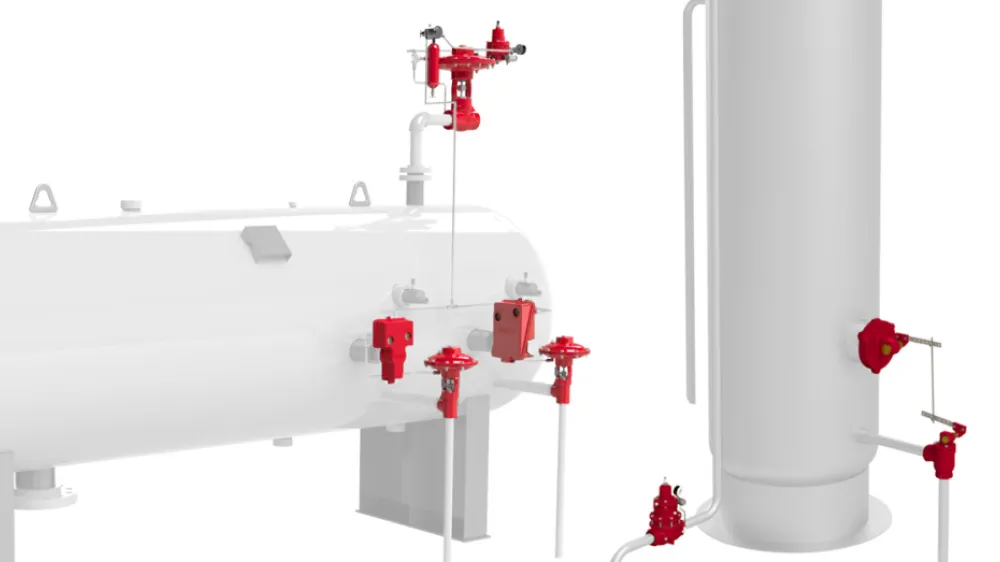
An oil and gas separator is a vertical or horizontal vessel that producers use to separate the elements of a fluid stream. The typical elements in the stream are oil, gas, water, and sand or sediment.
Separator Phases
Separators are classified as two-phase and three-phase separators.
- Two-Phase Separators handle oil and gas
- Three-Phase Separators handle oil, gas, and water
How Separators Work
While there are different styles, the primary function of all separators is in the name. They are used to separate the elements that flow into them.
As the gas, oil, and water enter the separator, they hit an inlet diverter and begin to separate. Because these elements have different specific gravities, the separation process will continue at a gradual pace as long as they sit in the vessel.
- Gas will rise to the top of the vessel
- Oil will settle in the middle
- Water will drop to the bottom
The gas will flow to a mist extractor at the top of the separator and be pulled out of the vessel and out to a sales line or for combustion.
When the oil and water reach a pre-determined height, they will activate liquid level control system and dump valve. Depending on the pressure, this may be a Lever Operated Liquid Dump Valve or a pneumatic or electric High Pressure Control Valve.








































